Historically, the mosques in Isfahan have played an important role in the formation of communities. Religiously, they were among the busiest places and had considerable sanctity among the people.
But we should not forget the unique architecture of these historical places, the incredible designs created by the great Persian masters that delight every tourist.
Isfahan as a significant tourism hub in Iran is an old city with glamorous mosques. This city has two historical mosques that have been listed as UNESCO world heritage sites, one is Imam mosque and the other is Atiq Jameh mosque.
If you walk in the old neighborhoods of Isfahan, in every alley you can see a historic mosque that sometimes dates back to the early centuries of Islam, but most of these mosques are from the Safavid period (dynasty era).
For this reason, Isfahan can be considered as one of the important centers of the cultural tourism in addition to historical tourism.
Whether you look at it from a historical, artistic, or religious perspective, it will be interesting for you to visit these places:
Atiq Jameh Mosque
It can be boldly said that the Atiq Jameh mosque, with unique features, is like a museum of Persian architecture, and it is just like a simple cloak that has been turned into a jeweled dress by past generations for 12 centuries.
The design of this mosque was simple in the second century AH, and the brickwork of the Seljuk period and the tiles of the Safavid period (dynasty eras) have highlighted Atiq Jameh mosque in the Islamic world.
Excavations have revealed that the mosque was built on the ruins of an early Islamic structure, with limited dimensions and a problem with the direction of Qibla.
The first mosque design was Shabestan (columned nave), which was built in 156 AH, and excavations have clarified its location. In the early third century, AH, this ancient mosque was destroyed and a larger mosque of about ten acres was built on its ruins.
The design of the Shabestan was built with a mezzanine in the middle and the naves around. The southern part was built with 6 openings, the northern part with 4 openings, and the eastern and western parts with 2 openings.
In the fourth century, during the reign of Al-Buwayh, parts were added to the mosque building; As an opening was added to the naves by making the mezzanine smaller, the columns were made of brick, but in the 5th and 6th decades, fundamental changes took place in the architecture of the mosque and it became a Chahar Iwan (four-porch) design. It should be said that the Atiq Jameh Mosque has several altars.
Tiles with Nizami Ganjavi (famous Persian poet) poems and pre-Islamic Aramaic calligraphic inscriptions, plaster casts from the Sassanid era, and a variety of pottery and glass in blue, yellow, and red with gold plating influenced by Sassanid art are found here.
During 25 years of archeological excavations in the vicinity of this building, more than 10,000 pieces of glass, 500 pieces of plaster, 200 murals, and 5,000 pieces of pottery have been obtained from the excavations of this mosque.
Imam Mosque
Imam Mosque is the only mosque in the world that does not show any symmetry in all its components; this mosque is located on the south of Naqsh-e Jahan Square in Isfahan and during the Safavid period, it was built for Friday prayers.
If you look carefully at the entrance, you will see that this mosque is significantly different from other mosques because has been built asymmetrically in every aspect. Even the sitting benches in front of the mosque are different from each other, and when we step into the yard of the mosque, this asymmetry is still evident everywhere. Creating enchanting beauty is not the only reason for this and there are different theories about it.
Crossing the small courtyard, you enter a hall, with a piece of different color stone under your feet and tall doom over your head. The stone with a dark color called “Satan’s stone”. The muezzin turns his back on the world by standing on it and saying the call to prayer; Also, when someone says something in this hall, its reflection is heard seven times, which is very amazing.
Sheikh Lotfollah Mosque
Sheikh Lotfollah mosque is one of the architectural and tiling masterpieces of the 11th century and the construction of this mosque, which was built by the order of Shah Abbas I (Safavid era), took 18 years.
The spectacular entrance of this mosque was built by the end of 1011 and the building and its exterior structure completed in 1028 AH.
The inscription on the portal was written in Thuluth calligraphy by Alireza Abbasi in 1012 AH and the architect of this mosque was Master Mohammad Reza Isfahani, whose name is mentioned in two small tablets inside the altar of the mosque.
Sheikh Lotfollah, one of the great Shia Muslim scholars from Jabal Amel, in present-day Lebanon was invited to Isfahan at the time. This mosque was dedicated to Sheikh Lotfollah in honor of his teaching and prayers.
A sensational alter, with extraordinary tile-work decorations and Muqarnas has made the Sheikh Lotfollah mosque, a unique masterwork among other mosques in Isfahan.
Hakim Mosque
Hakim mosque is located in an old neighborhood of Isfahan, known as Bab al-Dasht, at the end of the Rangarzan bazaar.
This majestic structure with exquisite tilings and old inscriptions considered one of the most prestigious mosques in Isfahan.
According to historical documents, the Hakim mosque was built by Mohammad Daud, known as Tarbaq Khan, one of the physicians of Shah Abbas II and Shah Safi and the construction process took 6 years.
The building of the Hakim mosque has portals, courtyards, Iwans, two-story pavilions, a dome house, and a Shabestan.
The eastern portal of the mosque has tiled decorations and historical inscriptions. The north portal inscription is in white Thuluth calligraphy on an azure tile background. The courtyard of the mosque is wide and its facade also has magnificent tiling and calligraphy.
On the south side of the courtyard, the south porch, the dome house, and the Shabestan on either side are located. The dome house (Gonbad Khane) of the mosque also has “Bannai script” tiled decorations, inscriptions, and altars.
Seyed Mosque
Seyed mosque is located next to Bidabad bazaar and is one of the largest and most celebrated mosques in Isfahan, belonging to the 13th century AH.
Haj Seyyed Mohammad Baqer Shafti, one of the great scholars of Isfahan, built this tasteful mosque in the late first half of the thirteenth century, and its tiling continued until the end of the second half of the century.
Seyed mosque has a rectangular layout with a total area of 8075 square meters with entrance from four directions but structurally is similar to other mosques.
The façade of Iwans, chambers, and porticos are decorated with brick tiles of the Qajar period and the dados are also made of stone. On the south side of the courtyard, the main Iwan and behind it, there is a dome house and Shabestan.
The teaching hall and the tomb of Seyyed Shafti are other notable works of art. The tomb consists of a dome house and a portico, decorated with tiling, plastering, mirror work, and painting, along with various inscriptions. The teaching hall also has stunning wooden columns, doors, and sash windows. Seyed mosque is an outstanding architecture work resemblance of the Qajar period.
Ali Gholi Agha Mosque
This establishment including Ali Gholi Agha mosque along with the bazaar, bath, and caravanserai, was built by Haj Ali Qoli Agha during the reign of Sultan Hussein Safavid in 1122 AH. Ali Gholi Agha Hammam (bath) is one of the most prominent buildings of this complex.
The mosque has a portal, courtyard, Iwan, and Shabestan, which are all decorated with a masterwork of tiling. The rectangular courtyard of the mosque is relatively small and lacks a pond or lamp. On the south side of the courtyard, there is an Iwan and an altar, the dados of which is made of marble and above it, excellent mosaic tiles. On the east side of the courtyard, there is a Shabestan with eight stone pillars and it has an indescribable Khatam wooden door.
Ilchi Mosque
Ilchi mosque is located in the Ahmadabad neighborhood of Isfahan. The historical inscription of the mosque portal indicates that this mosque was built during the reign of Shah Suleiman the Safavid.
The portal inscription of this mosque was written in 1097 AH. Many “Bannai script” are engraved on the top of the platforms and inside the Moqarnas in the Ilchi mosque.

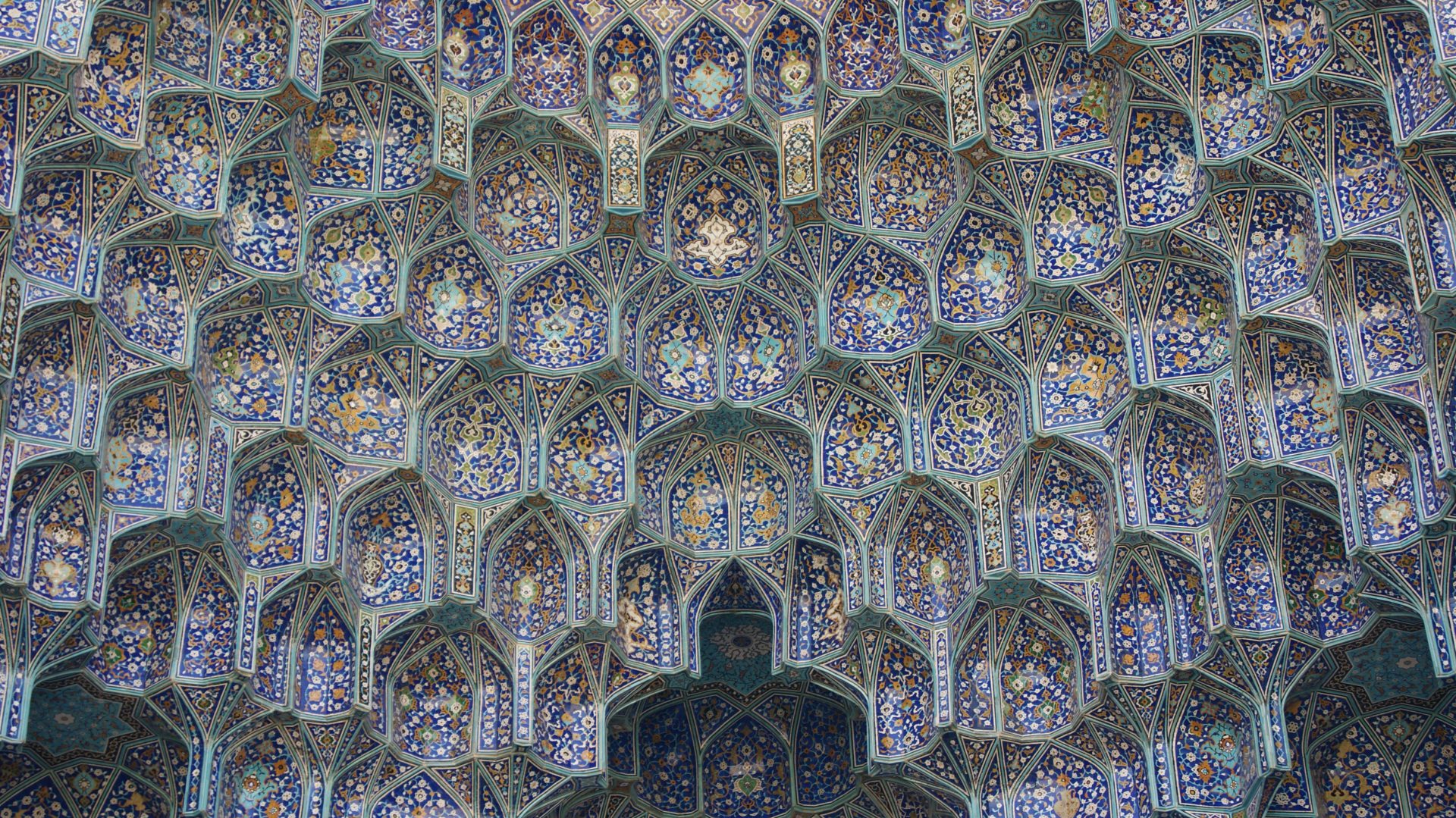
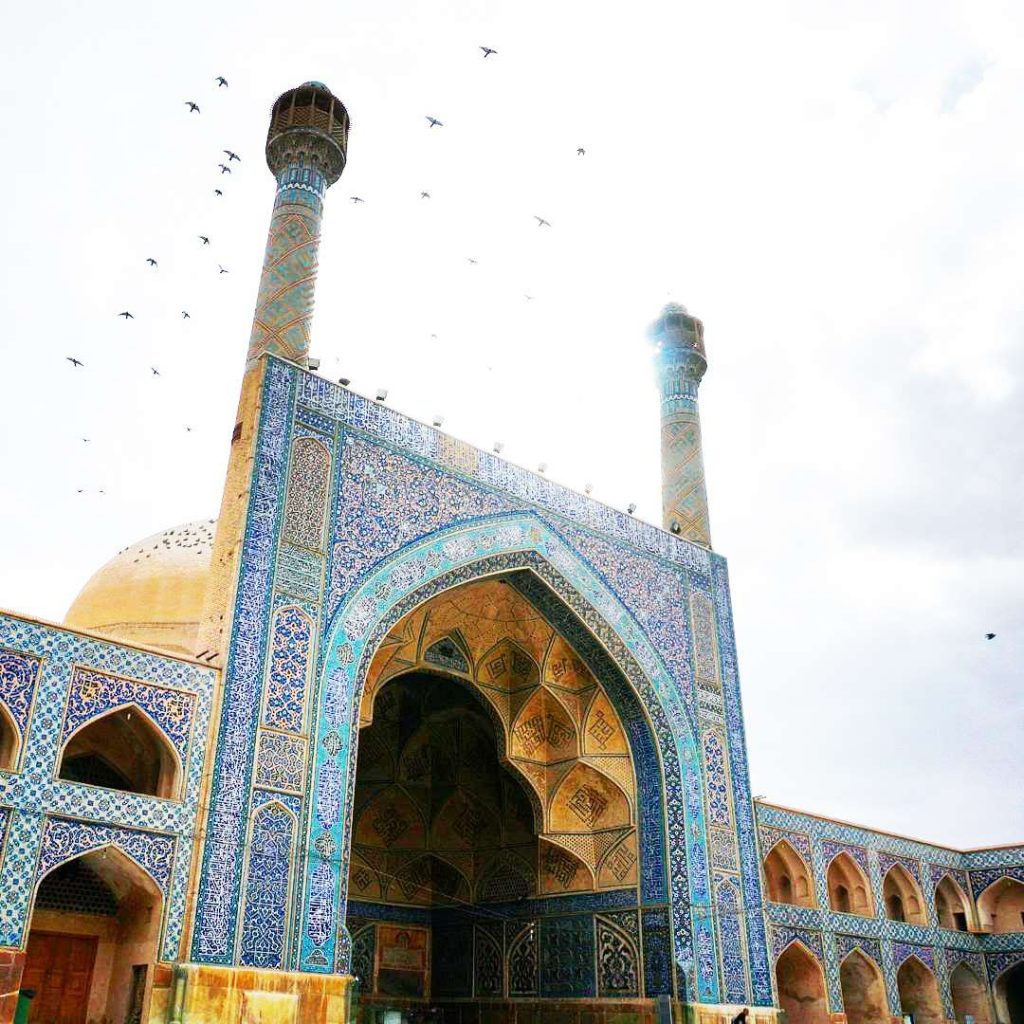
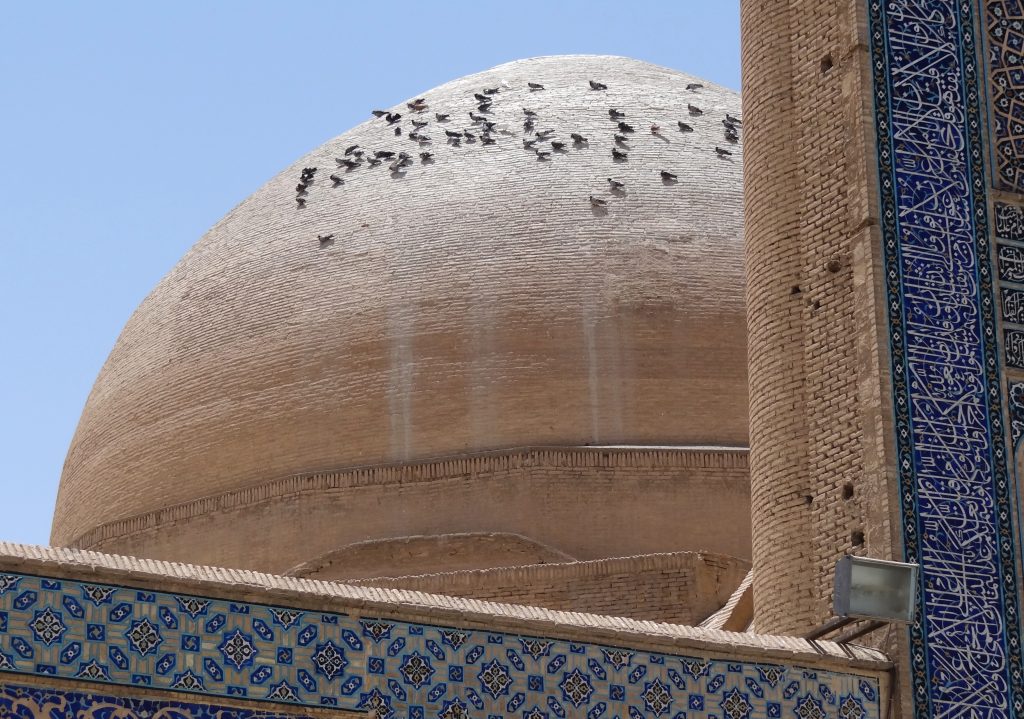
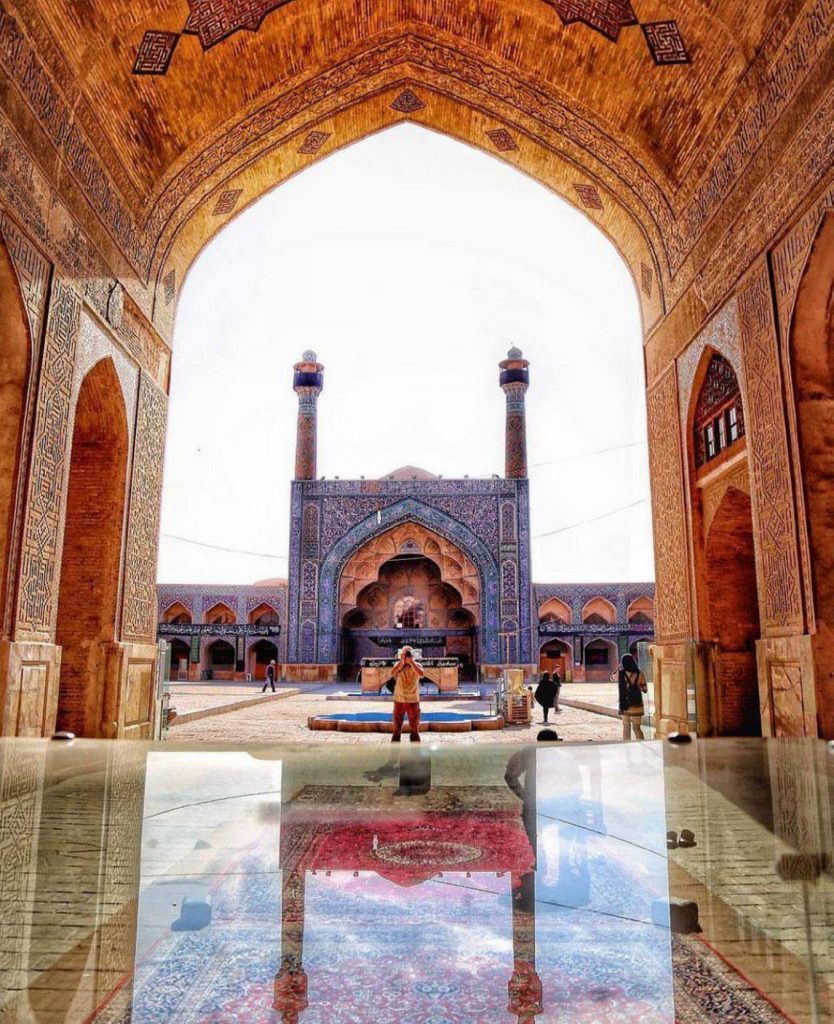
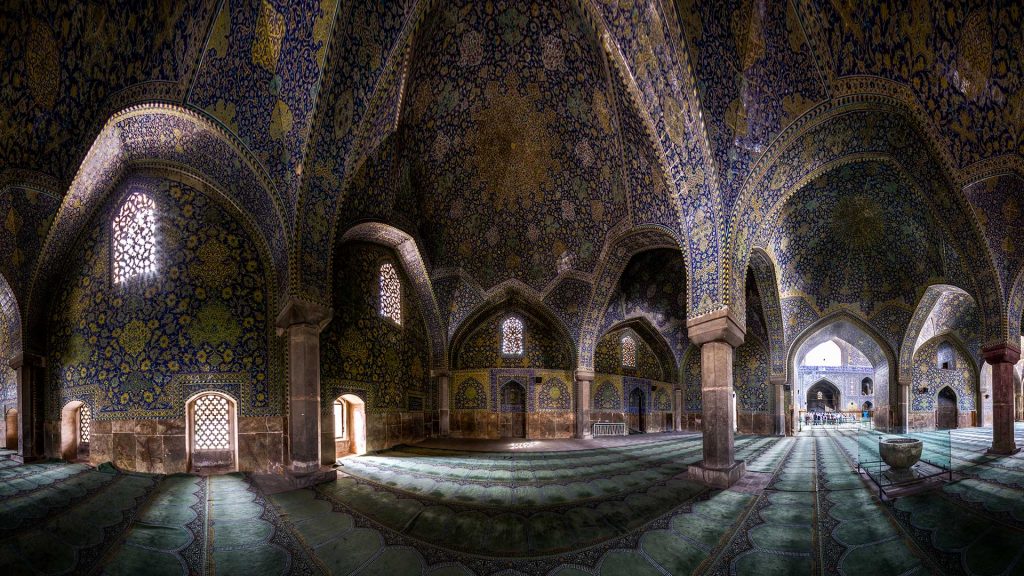
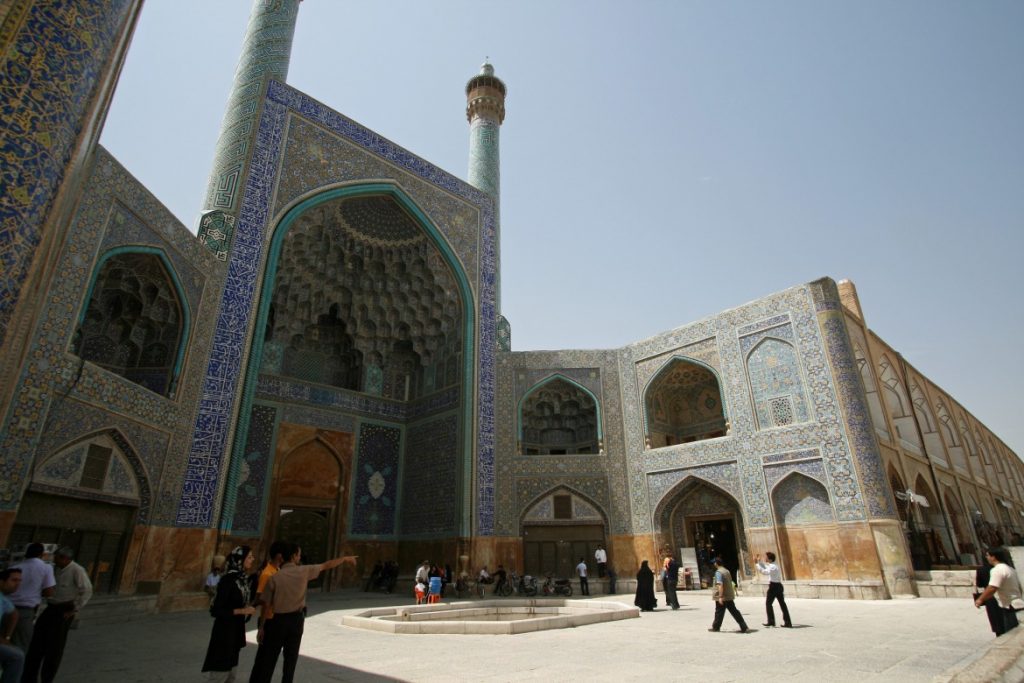
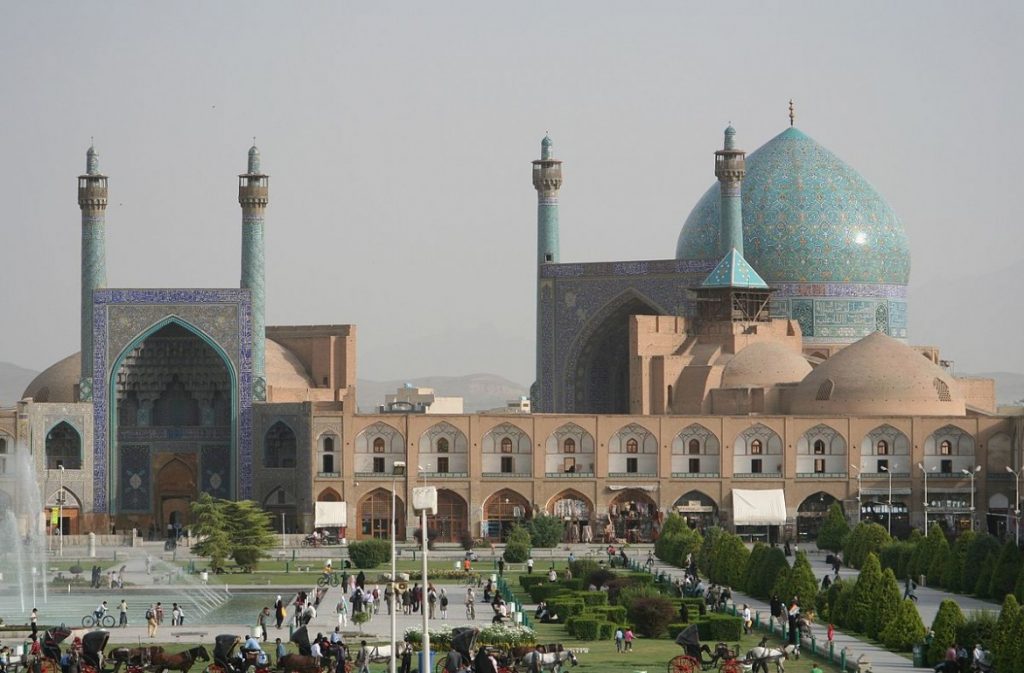
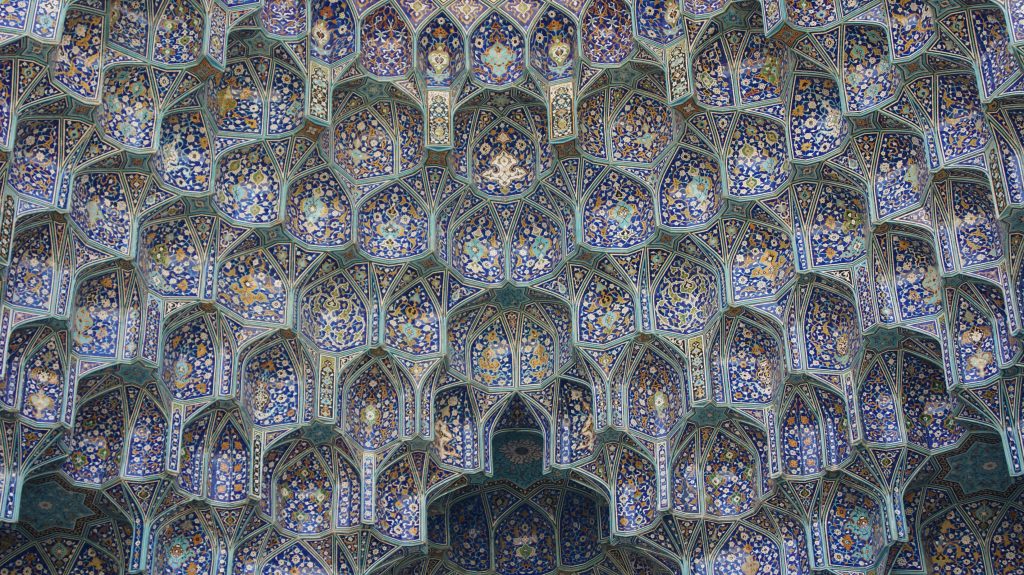
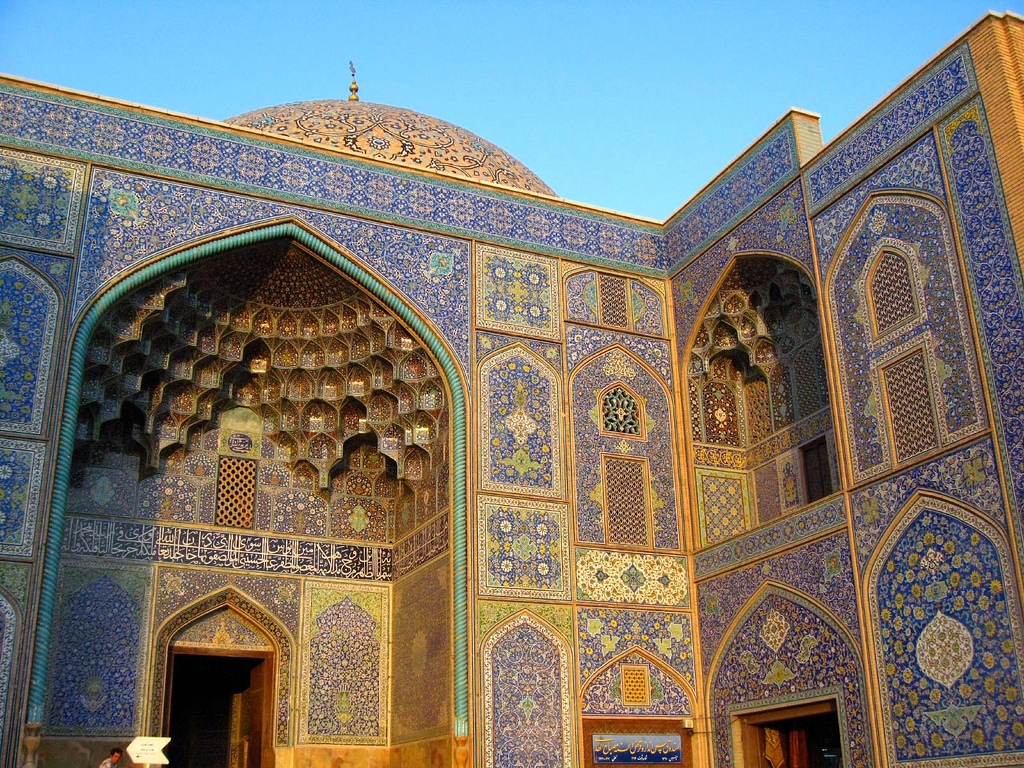
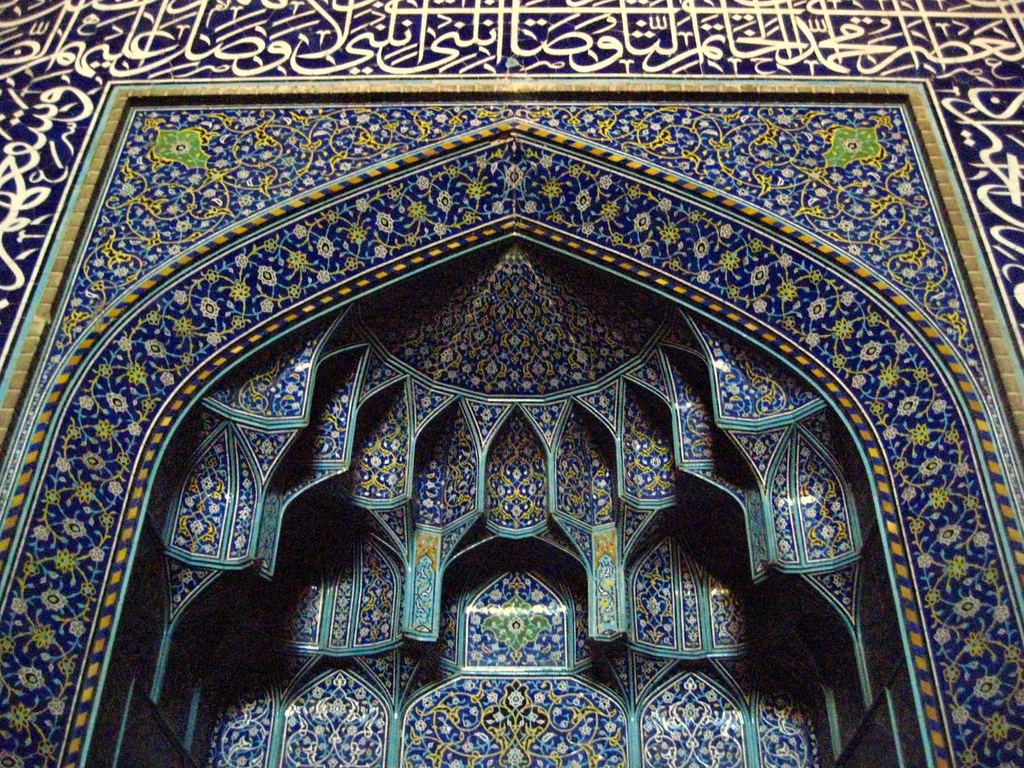
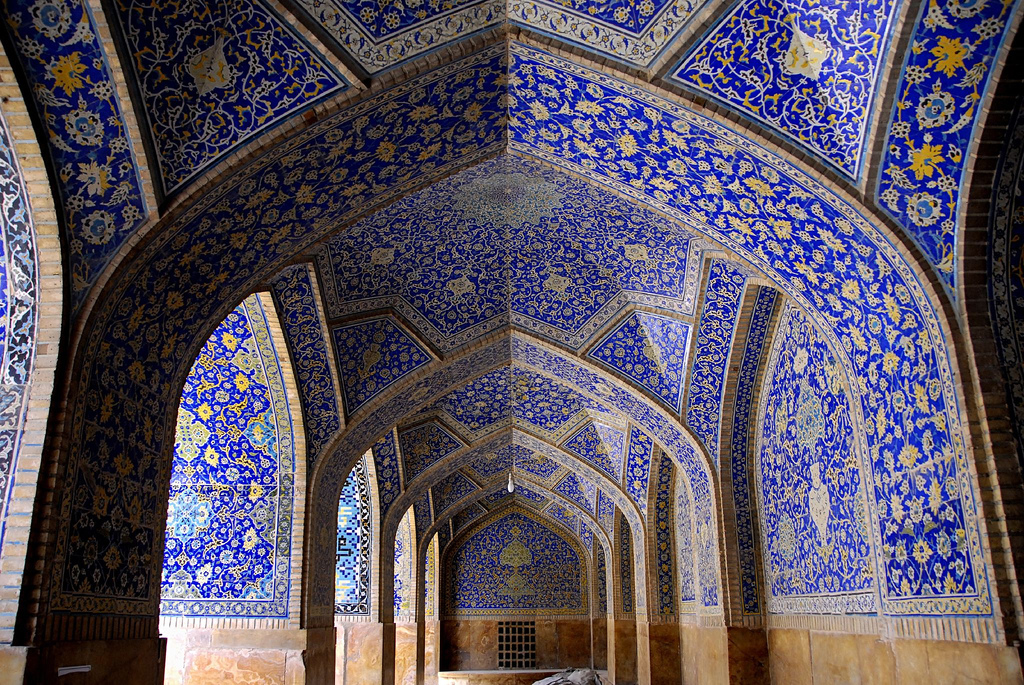
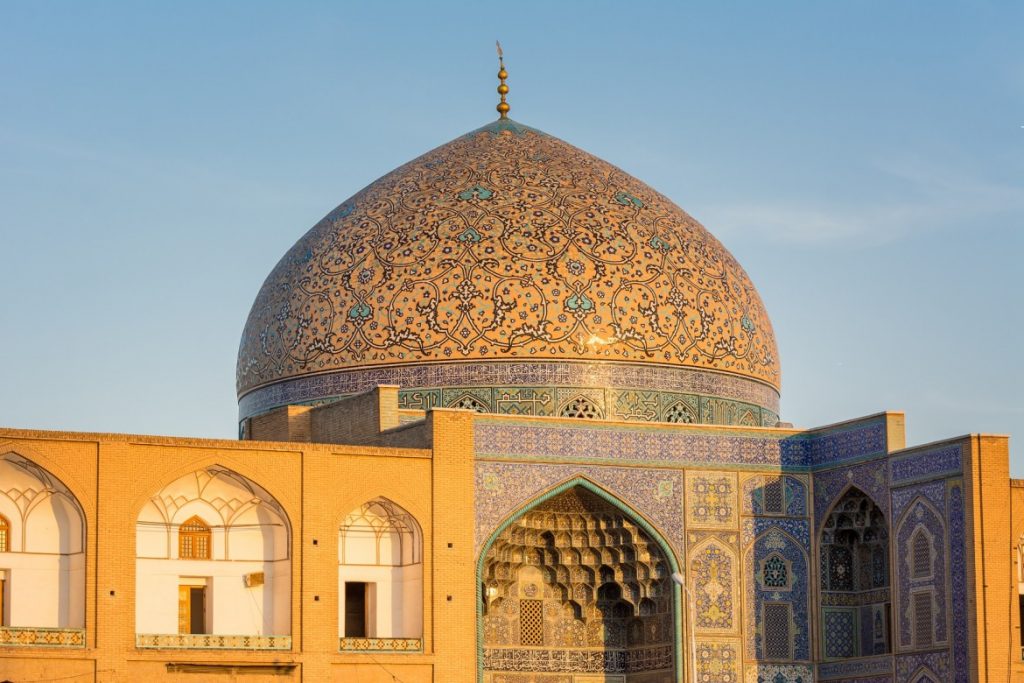
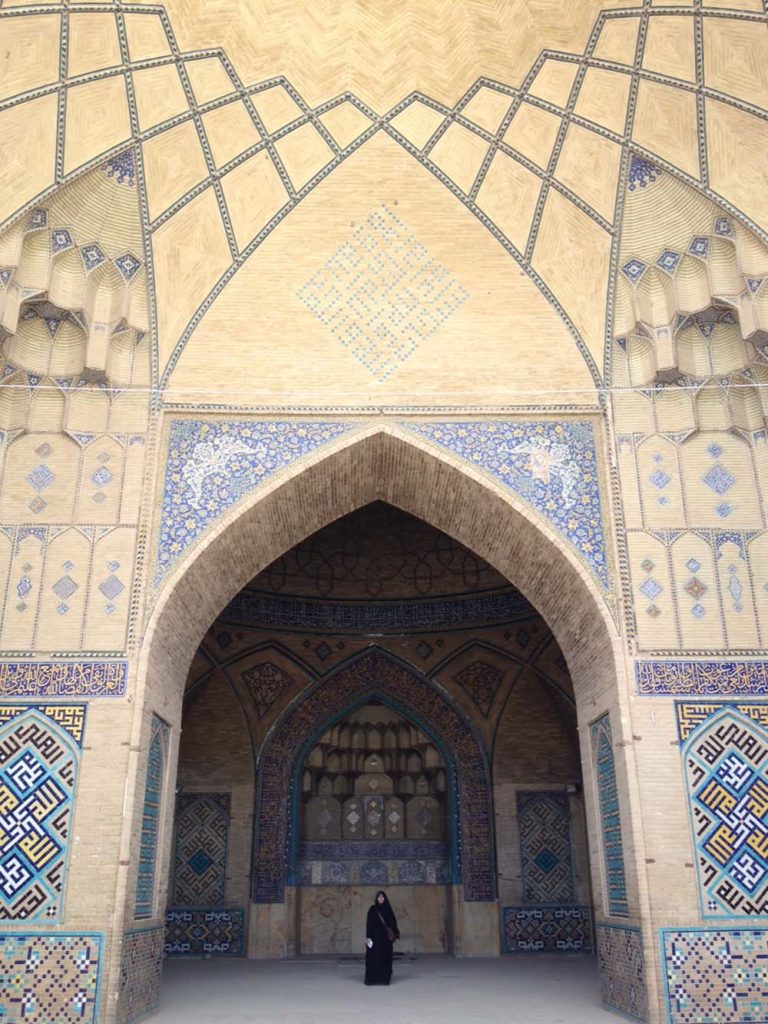
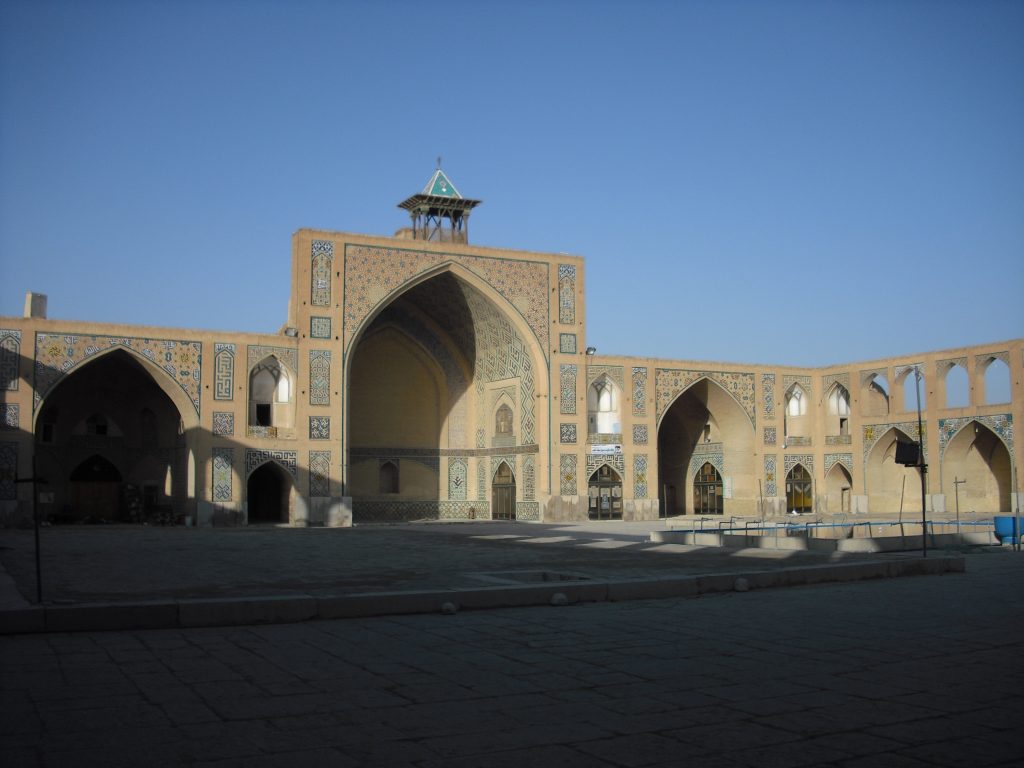
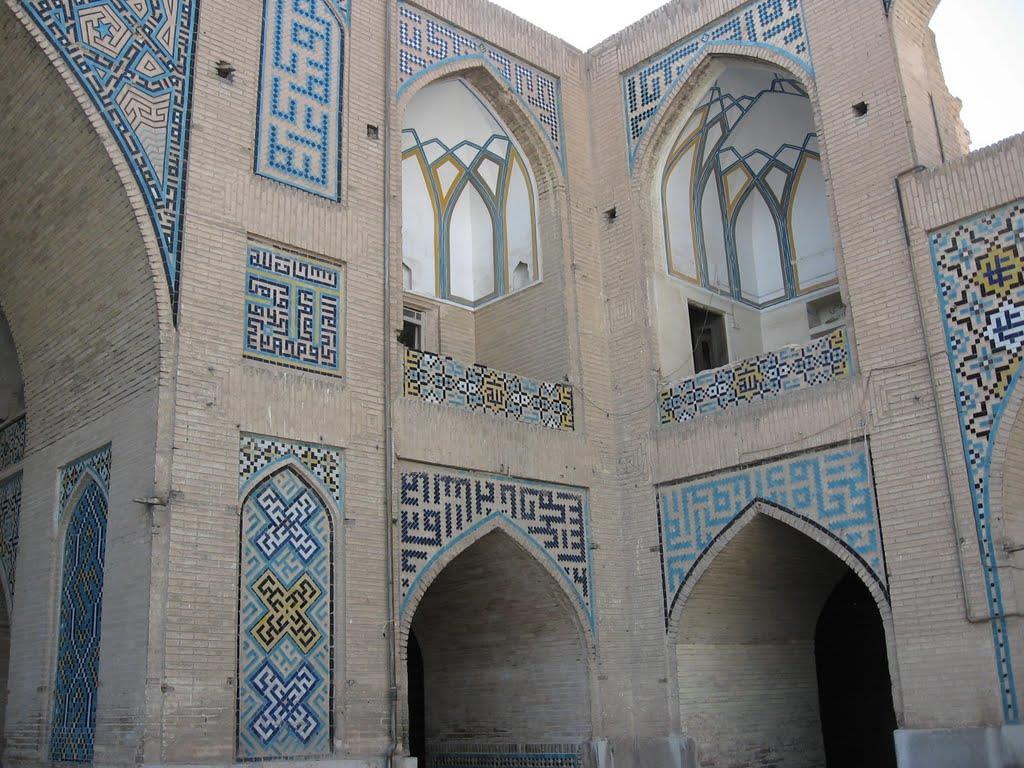
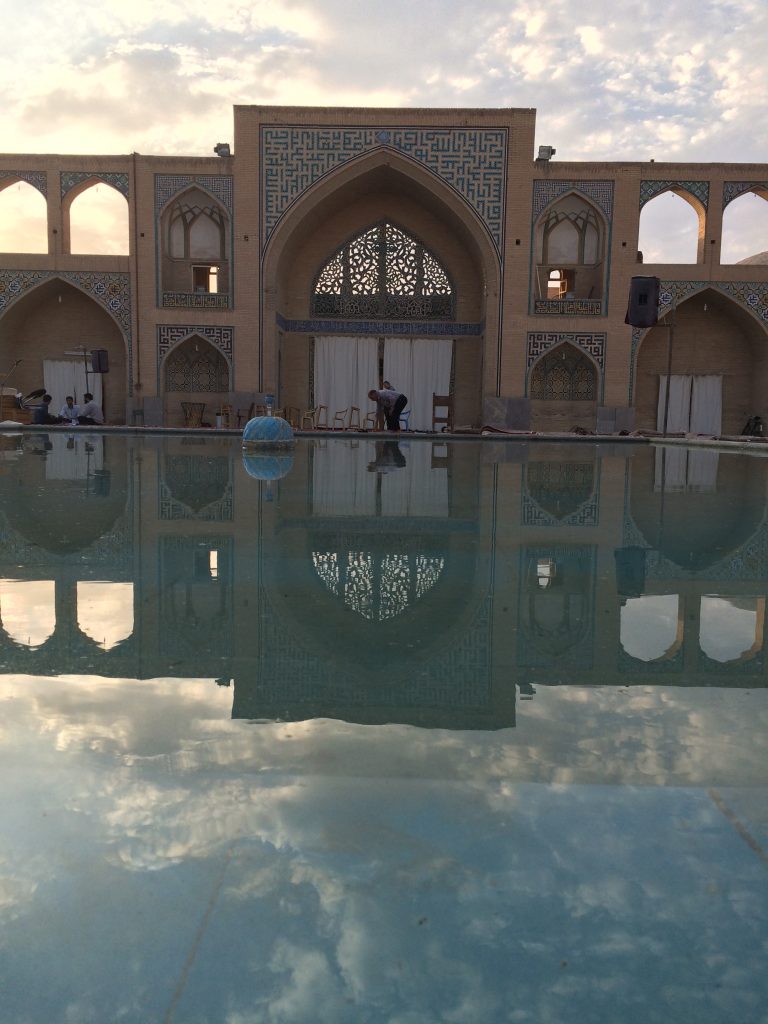
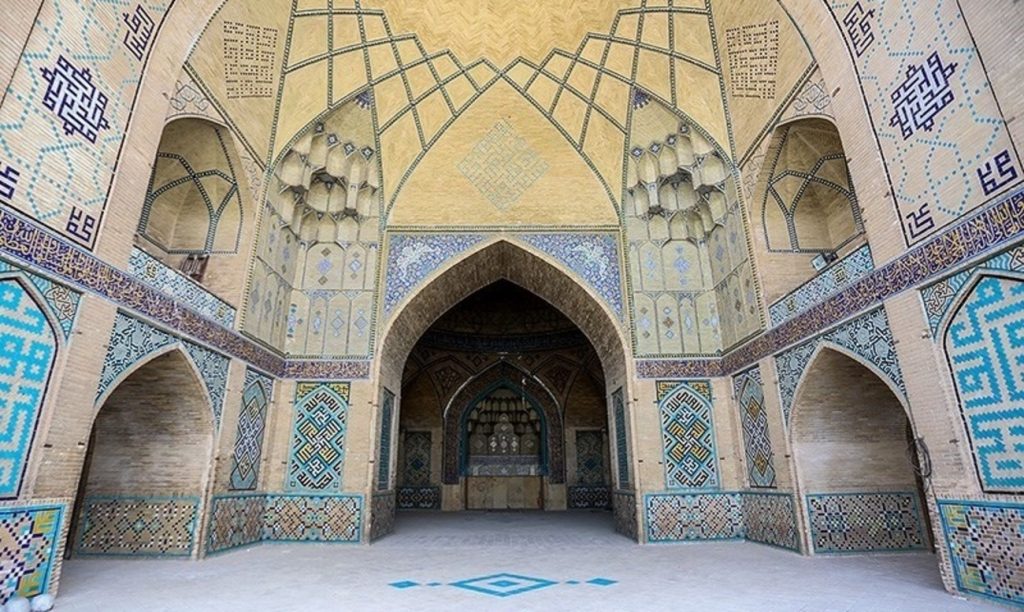
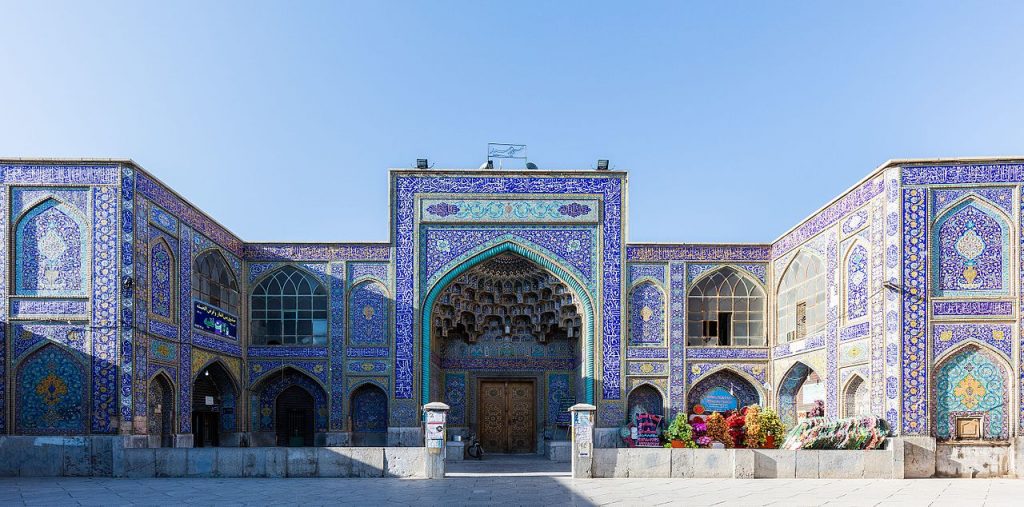
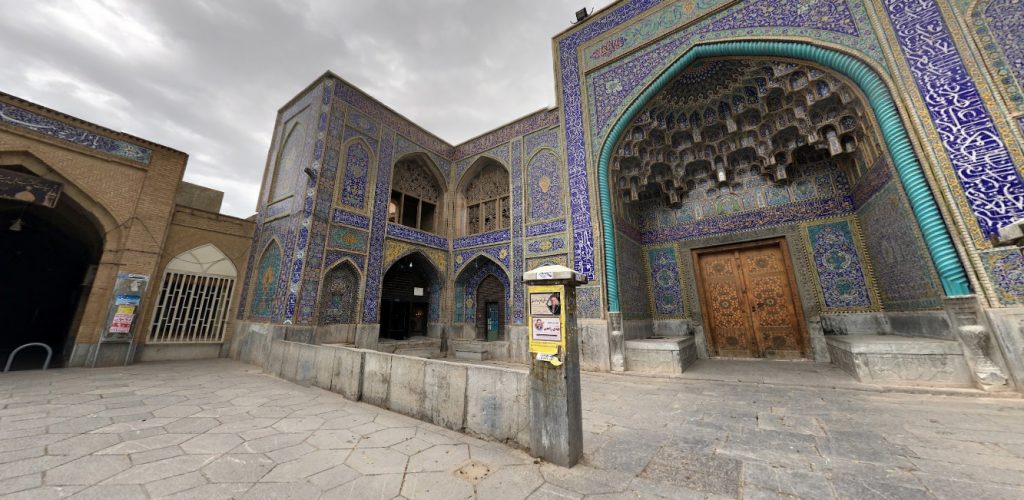
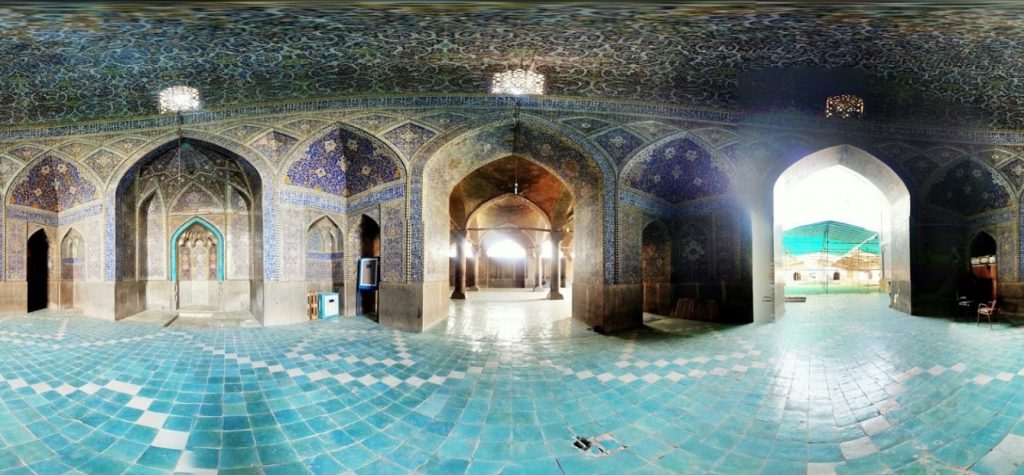
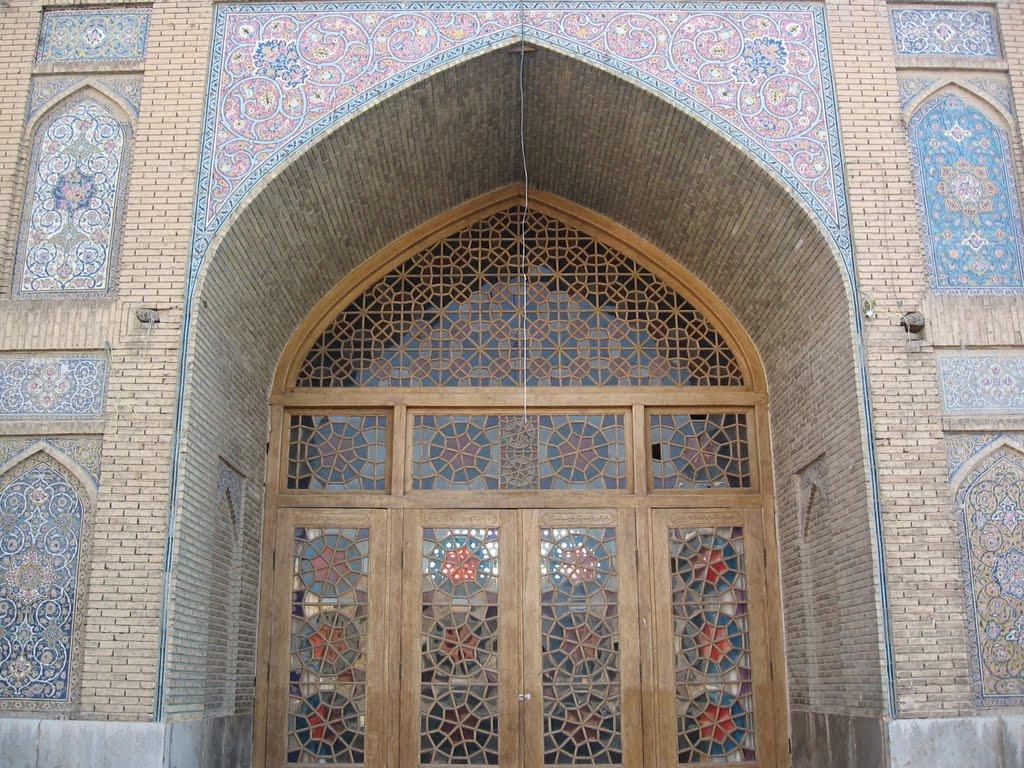
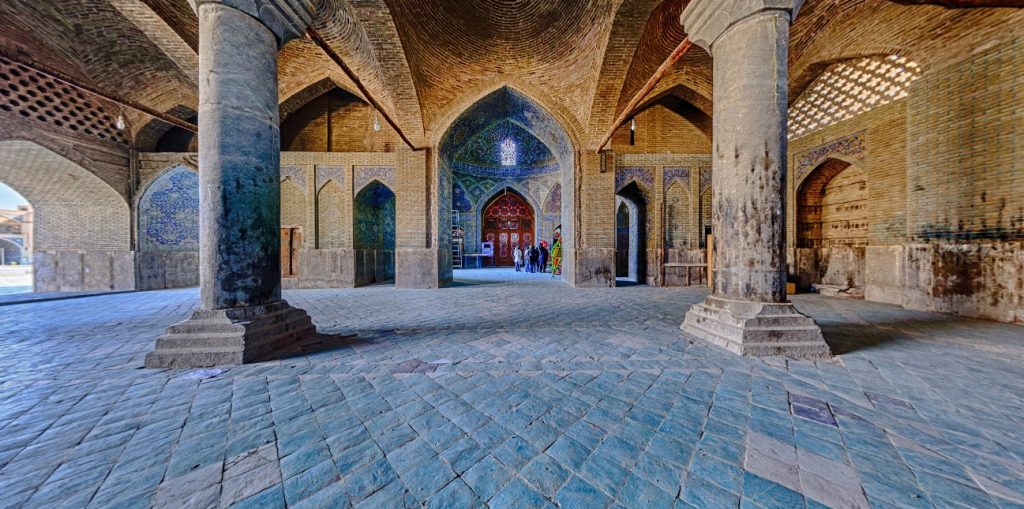
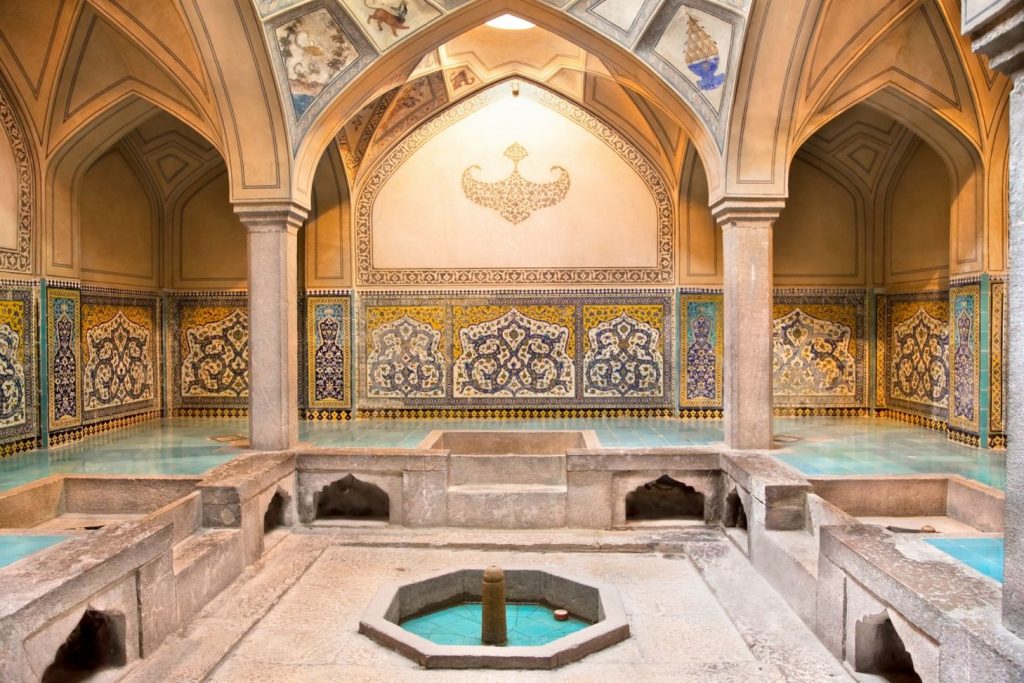
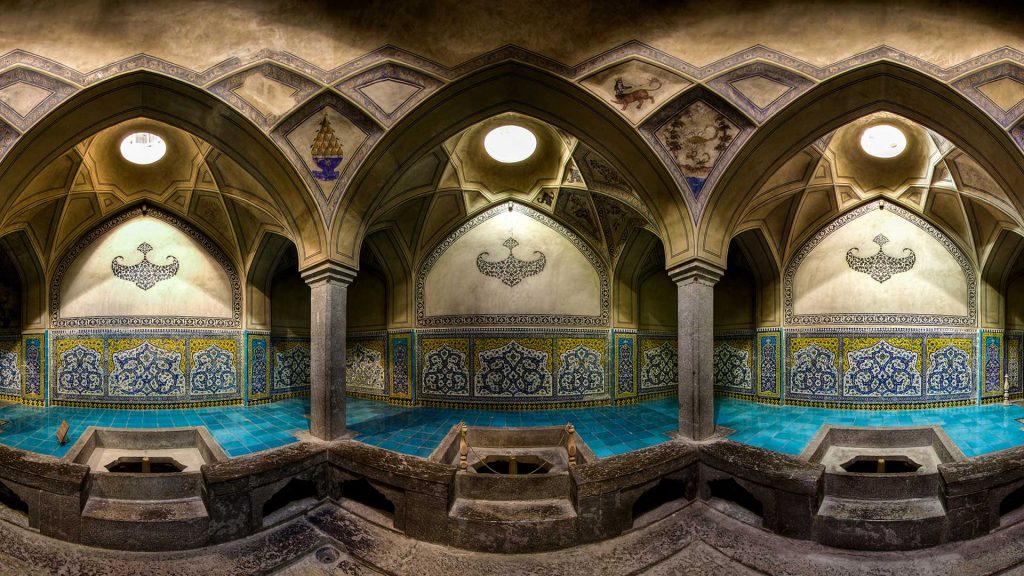
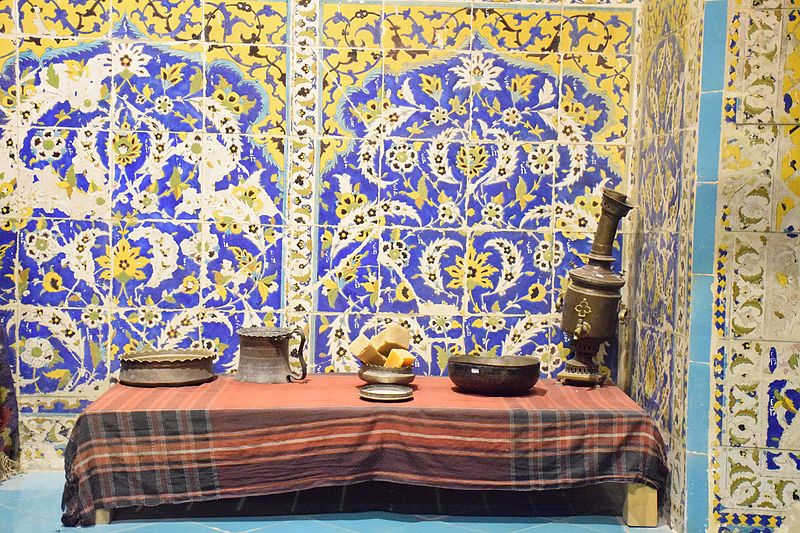
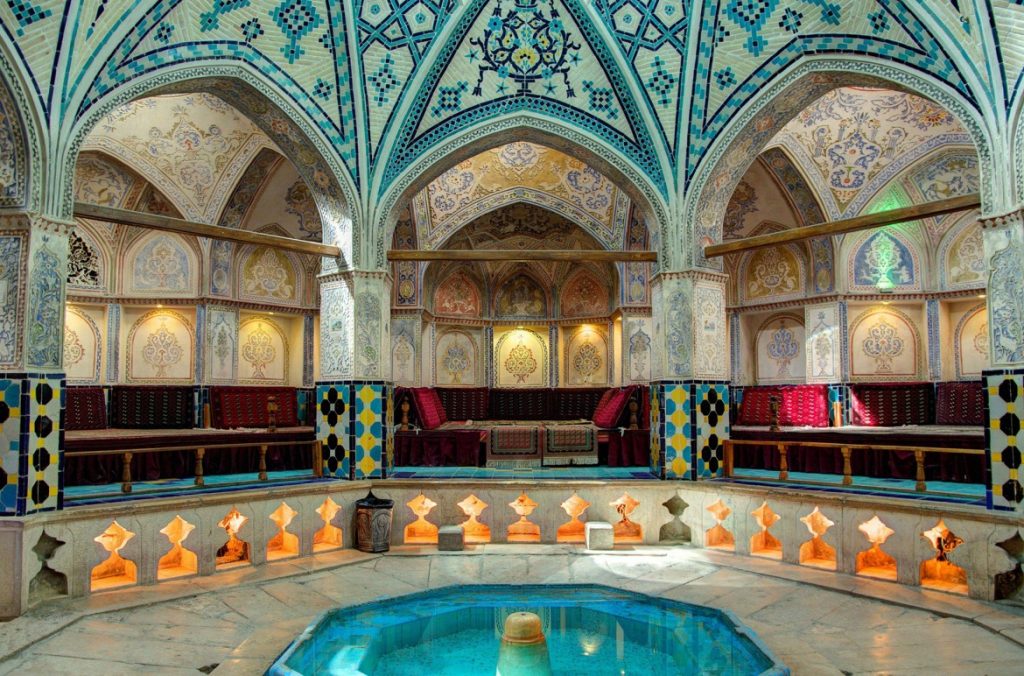
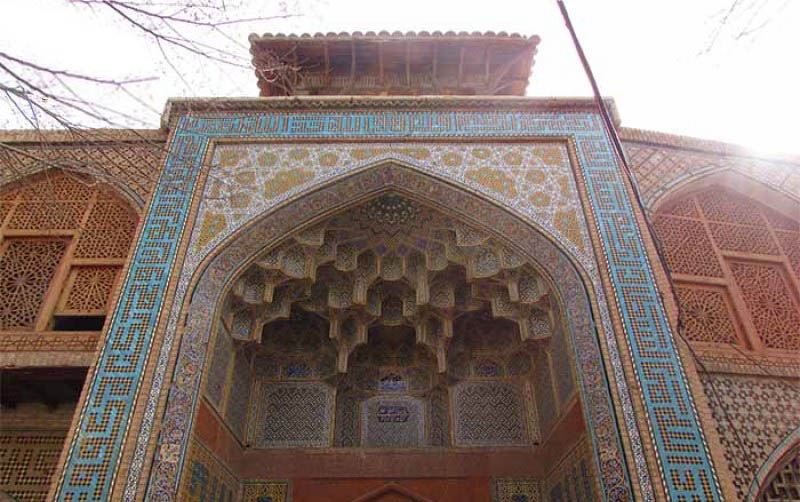
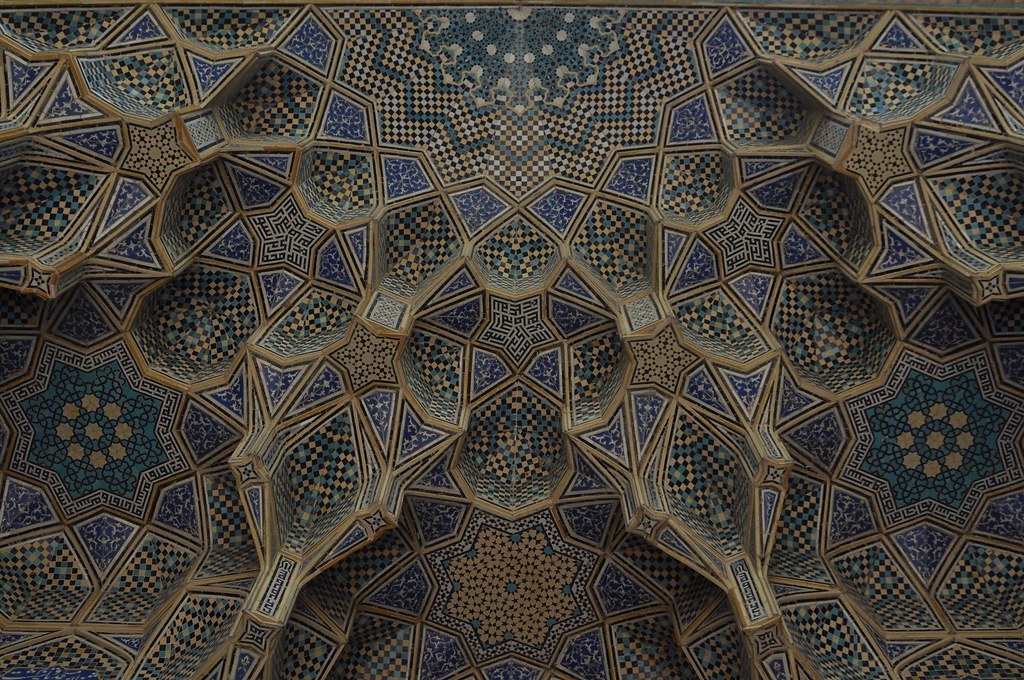
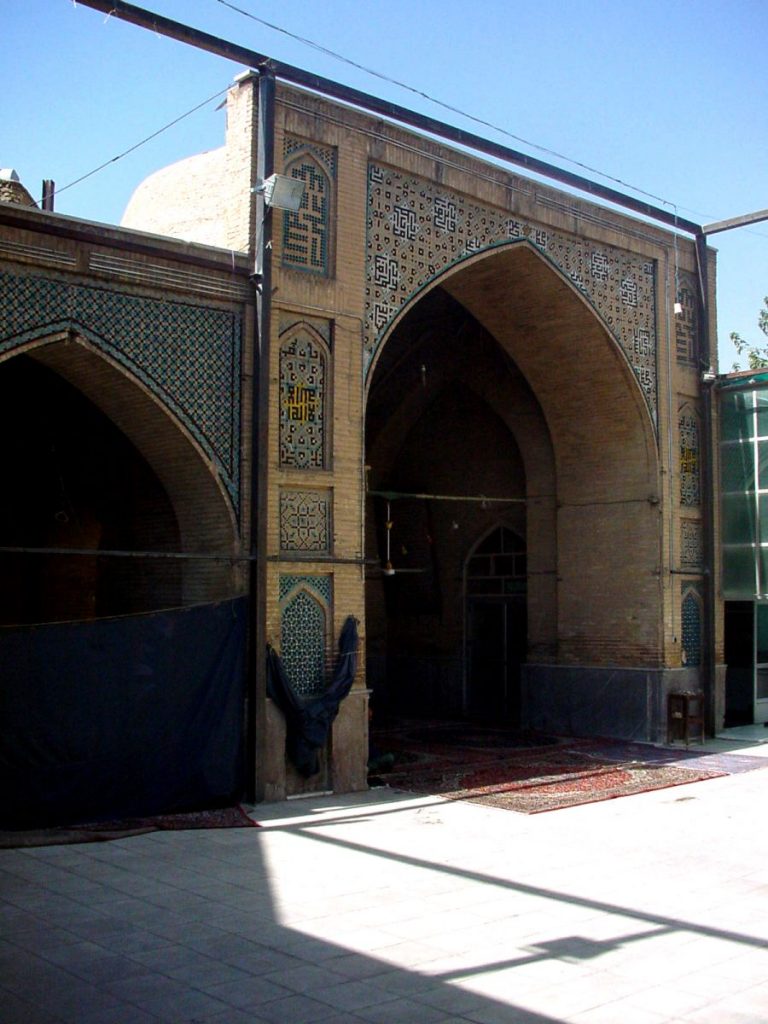
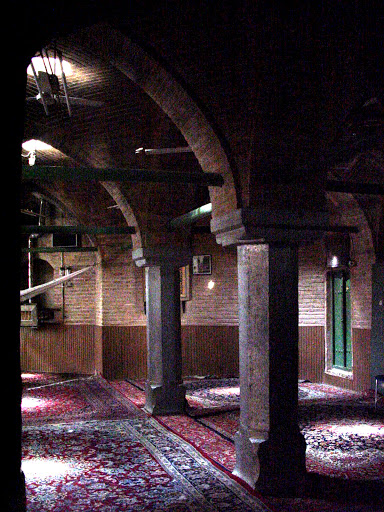
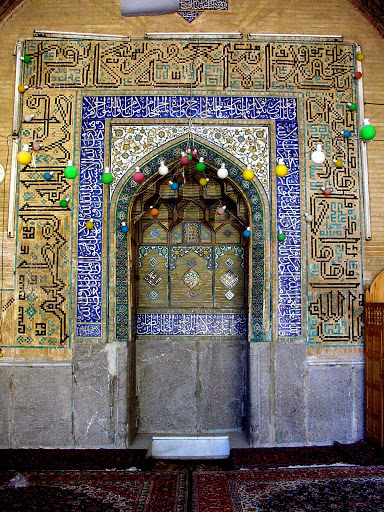
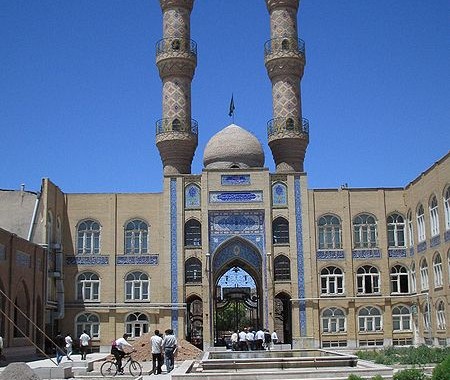

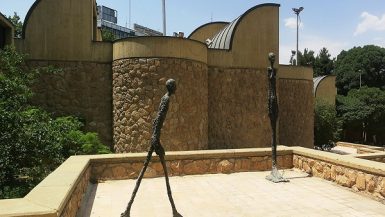
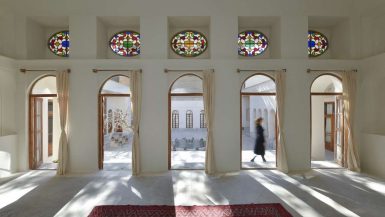

Leave a reply